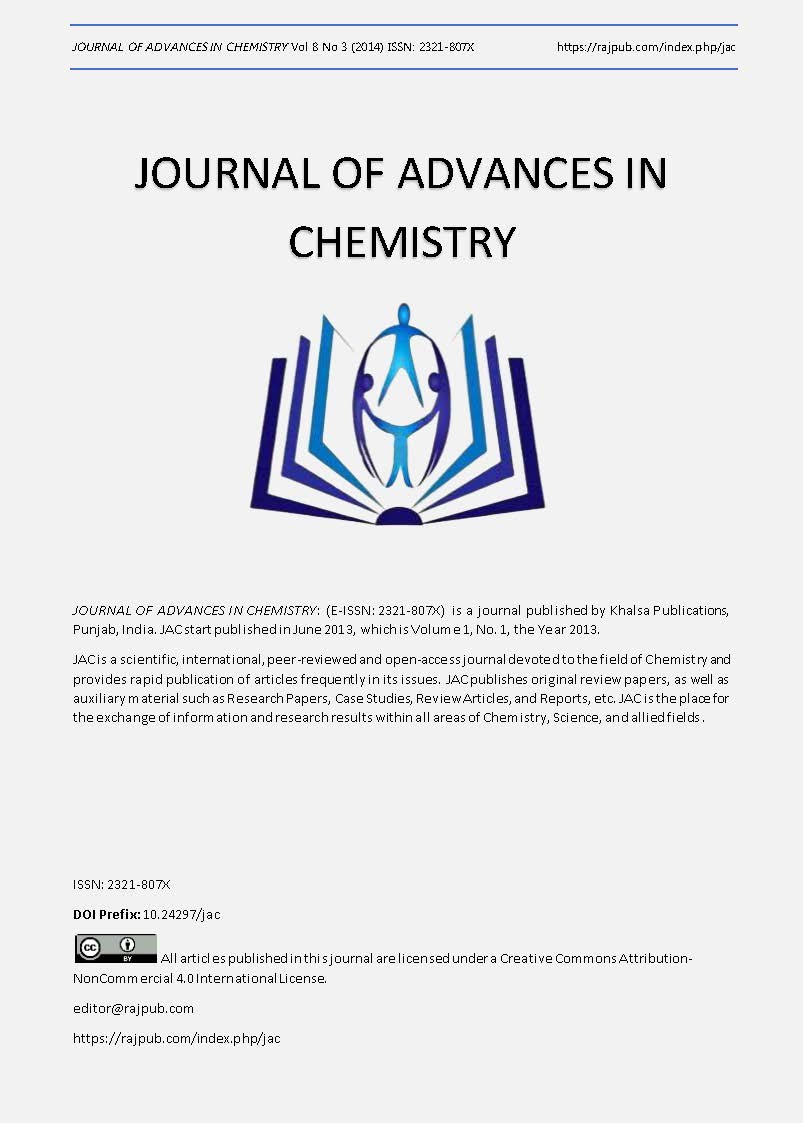Clinical Utility of Melatonin in Fibromyalgia Diagnosis
DOI:
https://doi.org/10.24297/jac.v8i3.4057Keywords:
Fibromyalgia syndrome (FMS), Melatonin (MT), Widespread pain index (WPI) and symptom severity (SS) scale.Abstract
    Fibromyalgia syndrome (FMS) is a chronic disease with an unknown etiology, which is characterized by reduced pain threshold (hyperallgesia) & pain with normally innocuous stimuli (allodynia).This diffuse pain is often disease associated with wide range of other symptoms including fatigue, sleep disturbance, stiffness& more.FMS often occur concomitantly with other rheumatologic disease such as rheumatoid arthritis(RA), systemic lupus erthymatosus(SLE).
      The pineal hormone melatonin (MT) exerts a variety of effects on the immune system. MT activates immune cells and enhances inflammatory cytokine and nitric oxide production.
Methods:
 We were studied 75 subjects, 55 of subjects were FMS patients defined by the American Colleague of Rheumatology (ACR 2010) criteria. Patients' mean age was 32.5 ± 13.9 years. They were classified into two groups: Group I of 25 primary FMS patients . Group II of 30 secondary FMS patients with other rheumatologic disease such as RA, SLE. Twenty age and sex matched healthy individuals were included in the study as a control group.
Results:
Mean Melatonin titers were significantly reduced (p<0.0001) in primary FMs patients compared to the controls (21.32vs. 30.9 pg/ml), but they were significantly elevated (p<0.0001) in secondary FMS compared to controls (138.1vs.30.9 pg/ml). Our data imposed that, in 1ry FMS there were negative correlations of MT titers with tender points (r=-0.848**,p<0.0001), sleep disturbance(r=-0.963**, p< 0.0001**), Fatigue (r= -0.972**, p<0.001**), WPI (r= -0,953 **, p<0.0001) and SS (r=-0.901**, p< 0.0001).
 Conclusions:
In primary FMS patients melatonin level is lower than melatonin level in control, but MT level is high in secondary FMS patients. There was a negative correlation between MT with tender points, sleep disturbance, fatigue, SS & WPI. But there was a positive correlation between MT & cognitive symptoms.
Downloads
Downloads
Published
How to Cite
Issue
Section
License
 All articles published in Journal of Advances in Linguistics are licensed under a Creative Commons Attribution 4.0 International License.
All articles published in Journal of Advances in Linguistics are licensed under a Creative Commons Attribution 4.0 International License.




